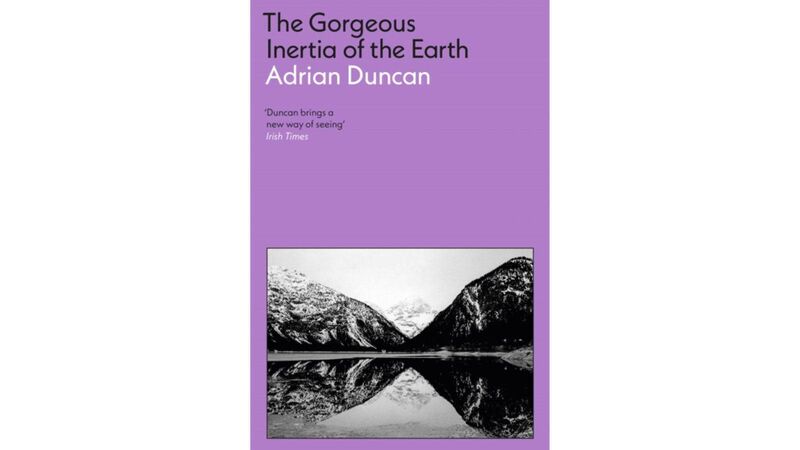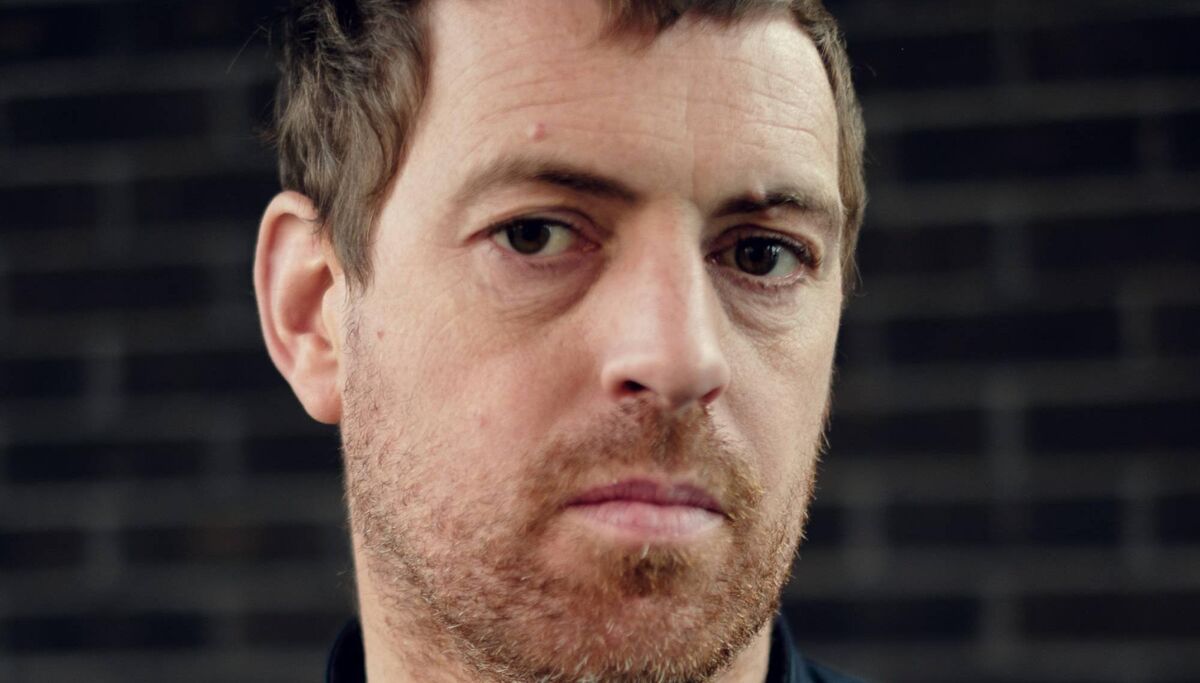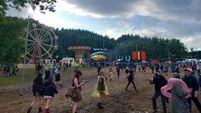Book review: A love story with a different perspective

The Gorgeous Inertia of the Earth by Adrian Duncan: Duncan's work has an international perspective, and the Longford-born author currently lives in Berlin.
- The Gorgeous Inertia of the Earth
- Adrian Duncan
- Tuskar Rock Press, €14.99
Adrian Duncan, an artist and engineer as well as a writer, is a compelling new voice among Irish novelists.
His first novel, , won the 2019 John McGahern Book Prize.
His second, (2020) was shortlisted for the Kerry Novel of the Year, while his story collection, (2021) was longlisted for the prestigious Edge Hill prize.
His third novel, , was published in April 2022, the same year that he published a non-fiction book, .

He invites them to work on an EU-funded project in which ‘non-artists’ are asked to compile a ‘history from within’ of a selection of European sculptures.



